
Clan Campbell is a Highland Scottish clan, historically one of the largest and most powerful of the Highland clans. The Clan Campbell lands are in Argyll and within their lands lies Ben Cruachan. The chief of the clan became Earl of Argyll and later Duke of Argyll.

Duke of Argyll is a title created in the peerage of Scotland in 1701 and in the peerage of the United Kingdom in 1892. The earls, marquesses, and dukes of Argyll were for several centuries among the most powerful noble families in Scotland. As such, they played a major role in Scottish history throughout the 16th, 17th, and 18th centuries. The Duke of Argyll also holds the hereditary titles of chief of Clan Campbell and Master of the Household of Scotland.
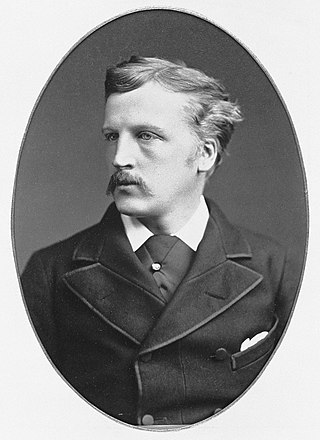
John George Edward Henry Douglas Sutherland Campbell, 9th Duke of Argyll, usually better known by the courtesy title Marquess of Lorne, by which he was known between 1847 and 1900, was a British nobleman who was Governor General of Canada from 1878 to 1883. He was the husband of Princess Louise, fourth daughter of Queen Victoria. He was the first president of "Rangers Football Club", thanks to his Argyll ties to the original founders of the football club.
John Campbell may refer to:
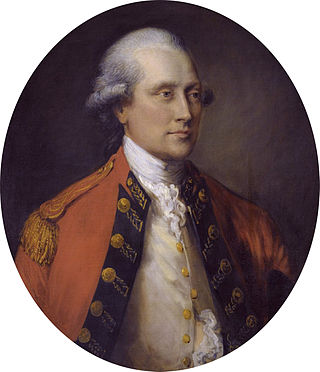
Field Marshal John Campbell, 5th Duke of Argyll, styled Marquess of Lorne from 1761 to 1770, was a Scottish soldier and nobleman. After serving as a junior officer in Flanders during the War of the Austrian Succession, he was given command of a regiment and was redeployed to Scotland where he opposed the Jacobites at Loch Fyne at an early stage of the Jacobite Rebellion and went on to fight against them at the Battle of Falkirk Muir and then at the Battle of Culloden. He later became adjutant-general in Ireland and spent some 20 years as a Member of Parliament before retiring to Inveraray Castle.
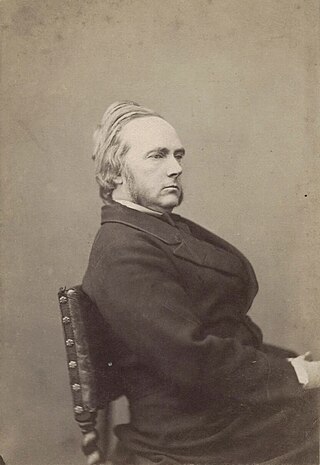
George John Douglas Campbell, 8th and 1st Duke of Argyll, was a British polymath and Liberal statesman. He made a significant geological discovery in the 1850s when his tenant found fossilized leaves embedded among basalt lava on the Island of Mull. He also helped to popularize ornithology and was one of the first to give a detailed account of the principles of bird flight in the hopes of advancing artificial aerial navigation. His literary output was extensive writing on topics varying from science and theology to economy and politics. In addition to this, he served prominently in the administrations of Lord Aberdeen, Lord Palmerston, John Russell and William Gladstone.
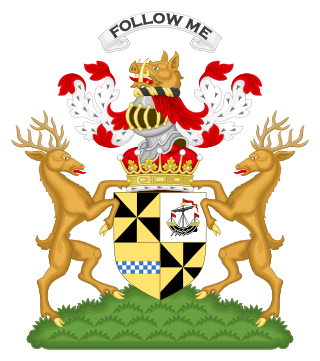
Earl of Breadalbane and Holland is a title in the Peerage of Scotland. It was created in 1681 for Sir John Campbell, 5th Baronet, of Glenorchy, who had previously been deprived of the title Earl of Caithness.
This is a list of people who have served as Lord Lieutenant of Buteshire. The post was established in 1794 and abolished in 1975, being replaced by the Lord Lieutenant of Argyll and Bute and the Lord Lieutenant of Ayrshire and Arran.
This is a list of people who have served as Lord Lieutenant of Surrey. Since 1737, all Lords Lieutenant have also been Custos Rotulorum of Surrey.
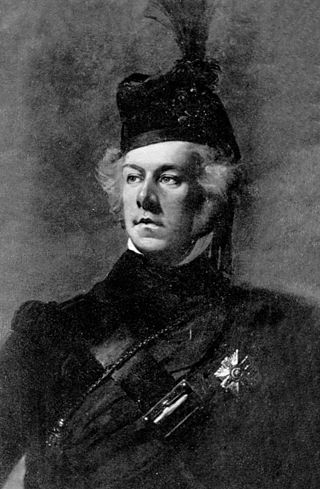
John Campbell, 2nd Marquess of Breadalbane,, styled Lord Glenorchy until 1831 and as Earl of Ormelie from 1831 to 1834, was a Scottish nobleman and Liberal politician.
The Lord-Lieutenant of Argyll and Bute is the British monarch's personal representative for the Scottish council area of Argyll and Bute; the position was established in 1975, replacing the Lord Lieutenant of Argyllshire and the Lord Lieutenant of Buteshire in 1975.

Gavin Campbell, 1st Marquess of Breadalbane,, styled as Lord Glenorchy between 1862 and 1871 and as the Earl of Breadalbane and Holland between 1871 and 1885, was a Scottish nobleman and Liberal politician.
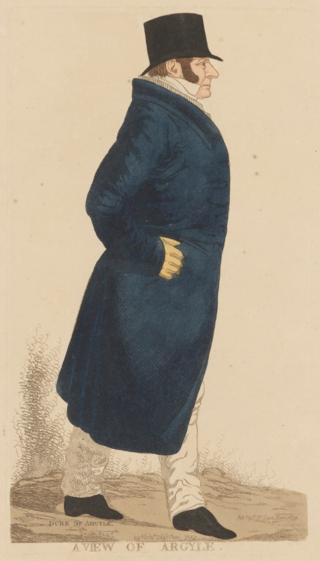
George William Campbell, 6th Duke of Argyll,, styled Earl of Campbell from 1768 to 1770 and Marquess of Lorne from 1770 to 1806, was a Scottish Whig politician and nobleman.
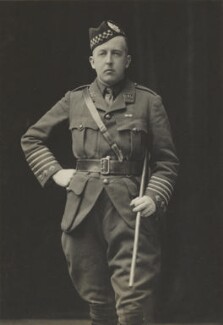
Niall Diarmid Campbell, 10th and 3rd Duke of Argyll was a Scottish peer and historian, the 10th Duke of Argyll and 25th Chief of Clan Campbell.

John Douglas Edward Henry Campbell, 7th Duke of Argyll,, known as Lord John Campbell until 1839, was a Scottish peer and Whig politician.
The Highland Society of London is a charity registered in England and Wales, with "the view of establishing and supporting schools in the Highlands and in the Northern parts of Great Britain, for relieving distressed Highlanders at a distance from their native homes, for preserving the antiquities and rescuing from oblivion the valuable remains of Celtic literature, and for promoting the improvement and general welfare of the Northern parts of Great Britain".
The Argyll & Bute Militia was a part-time military unit in the west of Scotland from 1798 to 1909, serving in Home Defence during the French Revolutionary War, Napoleonic Wars and Second Boer War. Originally an infantry regiment, it was converted into artillery in 1861.
This page is based on this
Wikipedia article Text is available under the
CC BY-SA 4.0 license; additional terms may apply.
Images, videos and audio are available under their respective licenses.










